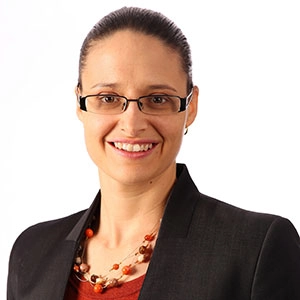Don't bank on the investment returns of yesteryear
Recency bias leads many investors to expect the recent past to continue into the future
The arrival of your 2022 super statement provides the perfect prompt to conduct your annual financial health check. It’s a great time to consider whether you’re on track for a comfortable retirement and there are no end of tools online to help you. You are never too young to start; in fact, the younger the better. The big "levers'' in retirement planning are how many years until you retire; how much you can save and invest during those years; and the investment returns you can earn. Taxes can also play a big role, but that really depends on your circumstances.
It is no secret that compound interest is extremely powerful. Having too much debt with a high interest load can prove painful. But the reverse works—amassing savings and investing over a long-time horizon can reap meaningful financial benefits. To give you some perspective, if you compound $10,000 over 10 years at 9% per year—it turns into just under $24,000. But give yourself 50 years—it amounts to over $740,000. If you’re 20 and starting out—hear this—time is on your side and get started today.
Saving levels and your time horizon are key ingredients to success. But what about investment returns? It’s easy to assume that past performance is a guide to future performance and investors have been well rewarded over the last 10 years. AustralianSuper’s Balanced Option and Vanguard’s Growth Index Fund have posted returns around 9% per year over 10 years through the end of August. As you can see from the earlier example, a 9% annual return sees you more than double your money in 10 years. It is a strong return level. But it’s worth considering if these return levels are expected to persist into the future.
This year’s annual financial health check involved playing around with AustralianSuper’s Super Projection Calculator and also Vanguard’s Retirement Income Builder (designed for advisers). Both tools have a lot to offer and can bring into focus these big levers in retirement planning. Both tools consider age pension entitlements and provide not only your overall account balance at retirement, but more tangibly the level of annual income you can expect in retirement. If you’re keen to understand more about investing and retirement planning, these sorts of tools can be insightful.
Exhibit 1: AustralianSuper’s Super Projection Calculator

Source: AustralianSuper website.
Now, to answer our earlier question of what returns should be expected going forward—let’s consider the investment return assumptions baked into these tools. And let’s look at the highest risk options to keep it comparable. Both AustralianSuper and Vanguard are assuming annual returns of around 7% going forward for investors saving for retirement. While you might be thinking, 7% or 9%, “meh—not a big difference,” over a long-time horizon—you’d be very surprised. Returning to our earlier example of compounding $10,000 over 10 years and 50 years at 9% per year. The table shows the difference when forward returns are lower than they have been historically. The same logic applies to investors who decide to take on less investment risk—as generally less investment risk involves lower returns.
Exhibit 2: $10,000 compounded at 7% per year and 9% per year over 10 years and 50 years

Source: Morningstar. Rounded to the nearest thousand.
Investment markets have been very kind to investors in recent history. The first half of 2022 has reminded us that markets do go through ups and downs; inflation is a factor to consider and investors shouldn’t count on the returns of yesteryear to underwrite their retirements. After all, there are no guarantees in investing. So set aside a Sunday morning to read your 2022 super statement, play around with some of the online tools at your disposal and set your 2023 financial year goals. But like any goal—it’s important to control the controllables—what you spend, what you save, how long you work for and the level of investment risk you take—are all within your control. What the market serves us up over the next 10 years is anyone’s guess, but if you look to the experts, it could well be lower than the last 10 years and it’s important to plan accordingly.

